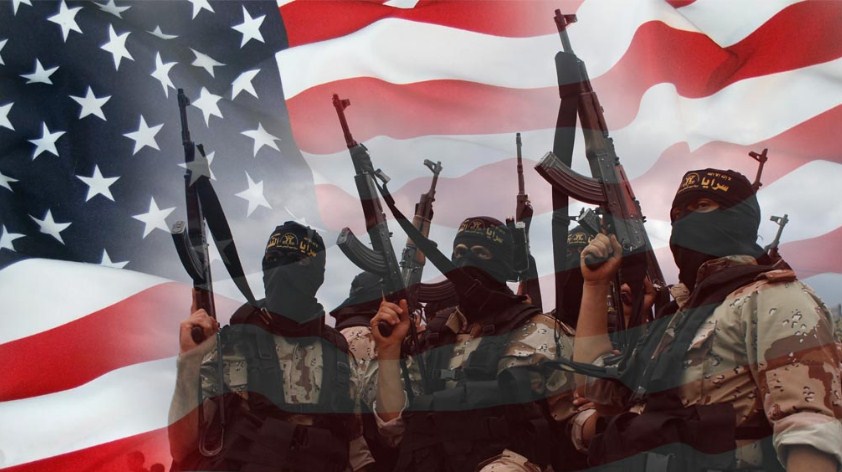As US-Chinese tensions grow and as it becomes increasingly clear the US is unable to compete with China head-to-head in terms of development, trade, and investment, especially in regions along China’s periphery, the US is resorting increasingly to asymmetrical measures including political coercion, subversion, and even violence.
US military aggression and political subversion, particularly in Southeast Asia, spans many decades. Besides the Vietnam War and the related conflicts which raged across Laos, Cambodia, and even Thailand in the 20th century, more recently the United States has backed an increasingly unified regional bloc of opposition groups sometimes referred to as the “Milk Tea Alliance.”
The so-called alliance includes opposition groups promoted heavily across Western media in Myanmar, Thailand, and Hong Kong – all three of which have incorporated deadly violence on varying scales to advance both their own political ambitions as well as advance US foreign policy objectives. The US has also attempted to create similar opposition groups elsewhere in Southeast Asia, though with less success, receiving little media coverage, and thus are poorly understood by the general public if and when their violence does make headlines.
Two recent examples of terrorism in Southeast Asia highlight the enduring threat of US-backed violence in the region.
One attack was carried out by Myanmar’s opposition, a movement heavily-promoted by Western governments and the Western media. The other was carried out by extremists among a lesser-known ethnic group in Vietnam. Both attacks have been spun, whitewashed, and even justified by the Western media, and by doing so, encouraging future violence, illustrating a continued commitment by Washington to use violence and terrorism to advance its foreign policy objectives in the region versus China.



Ah the newspeak we all love